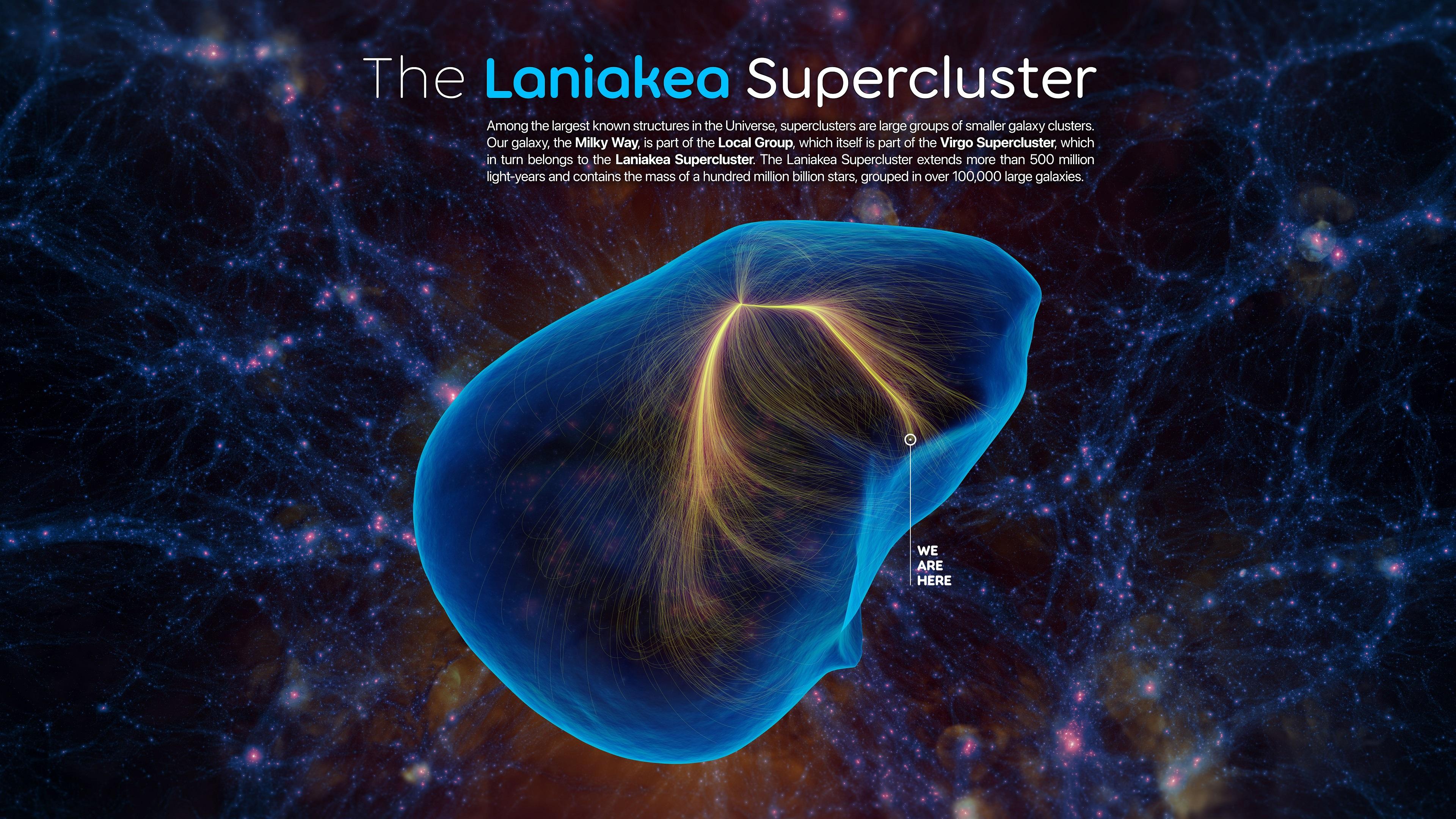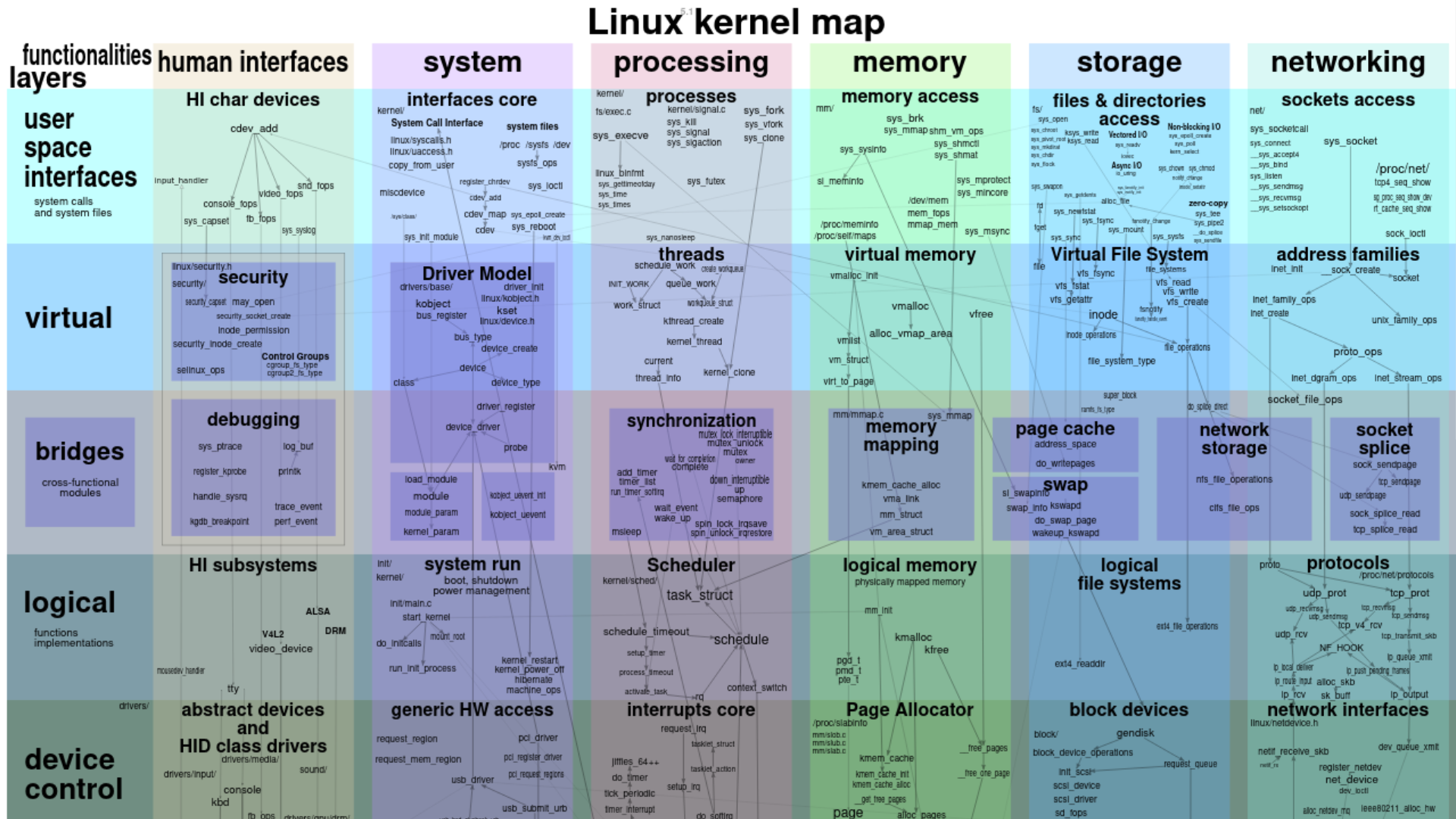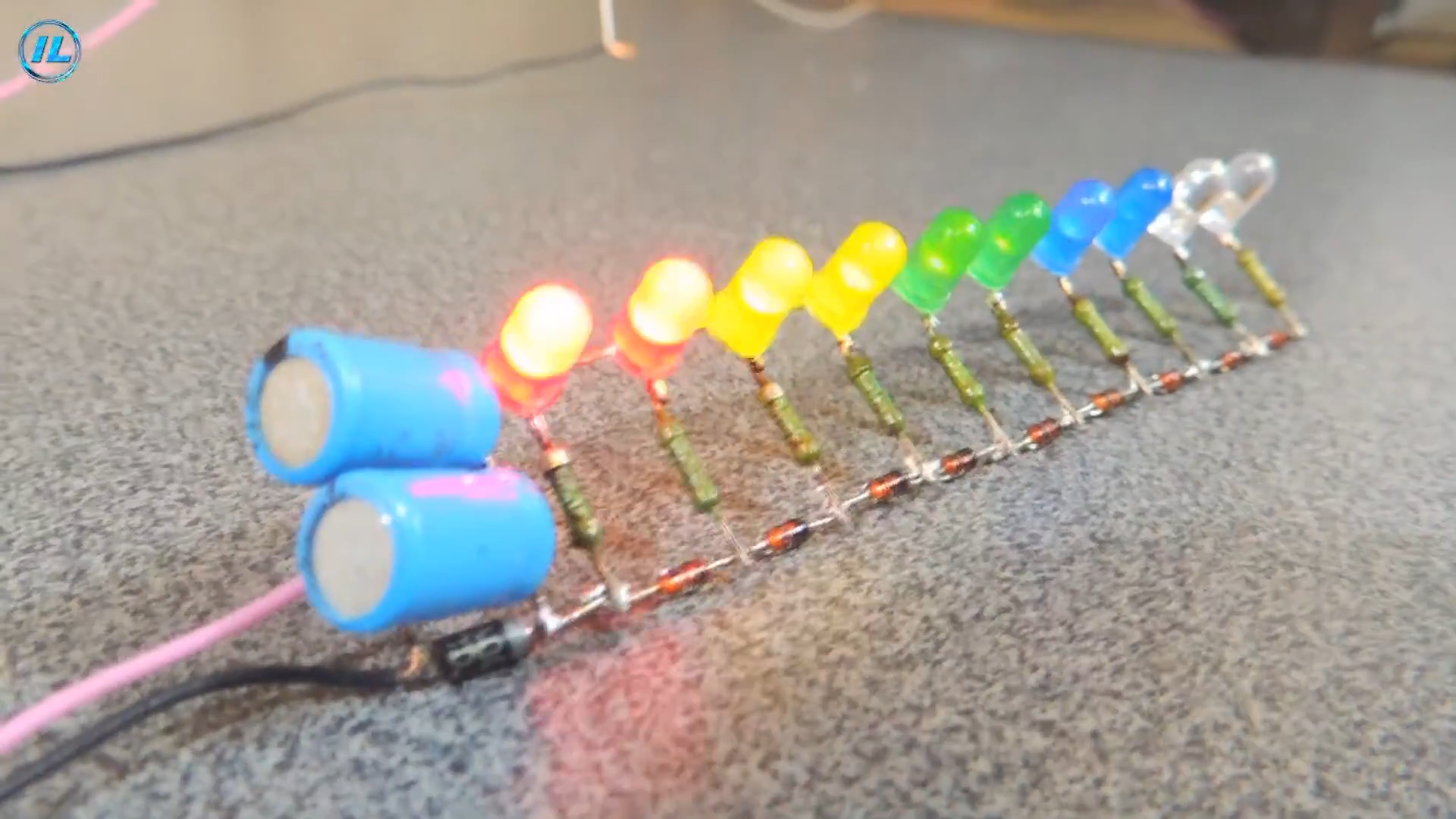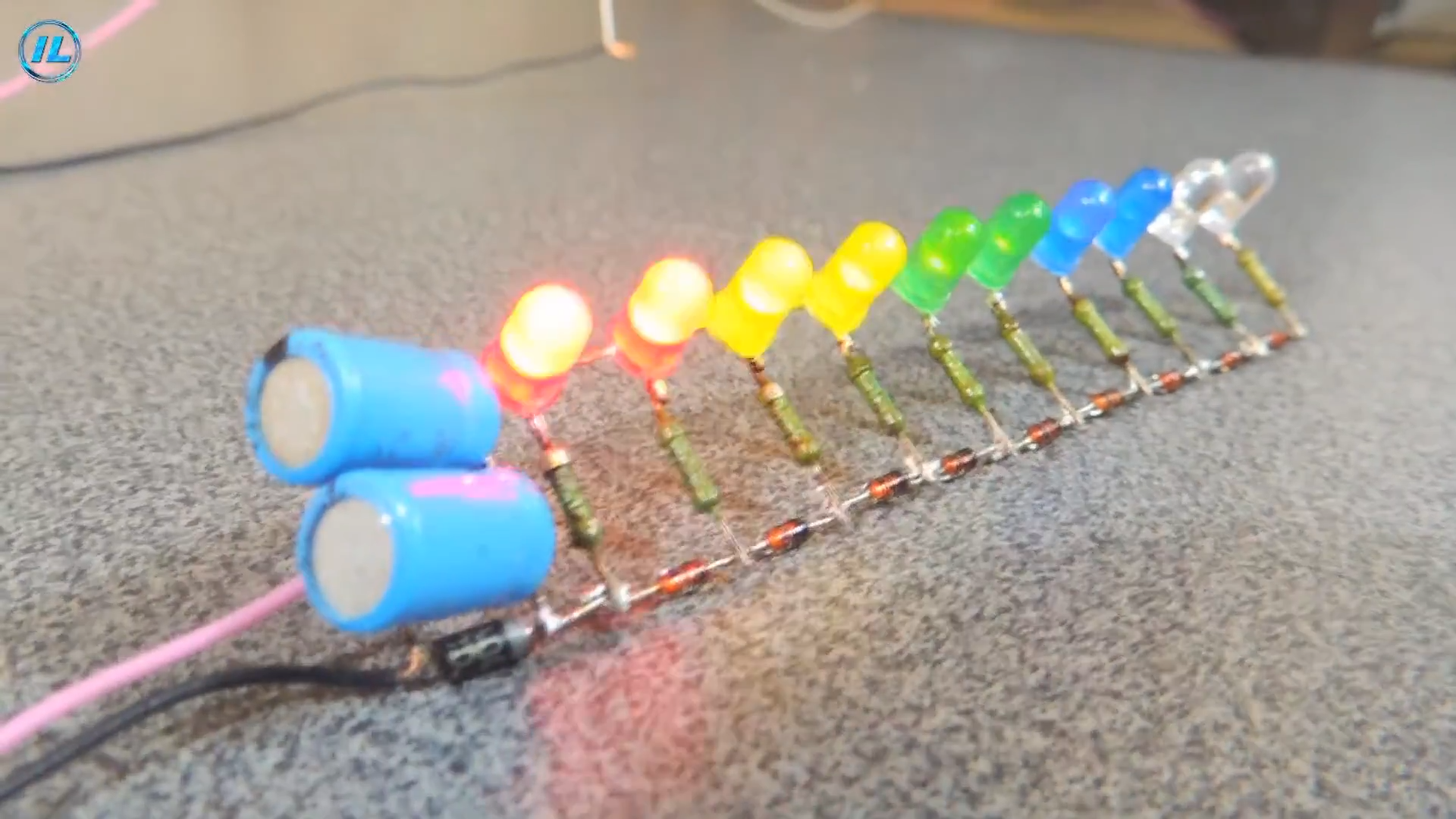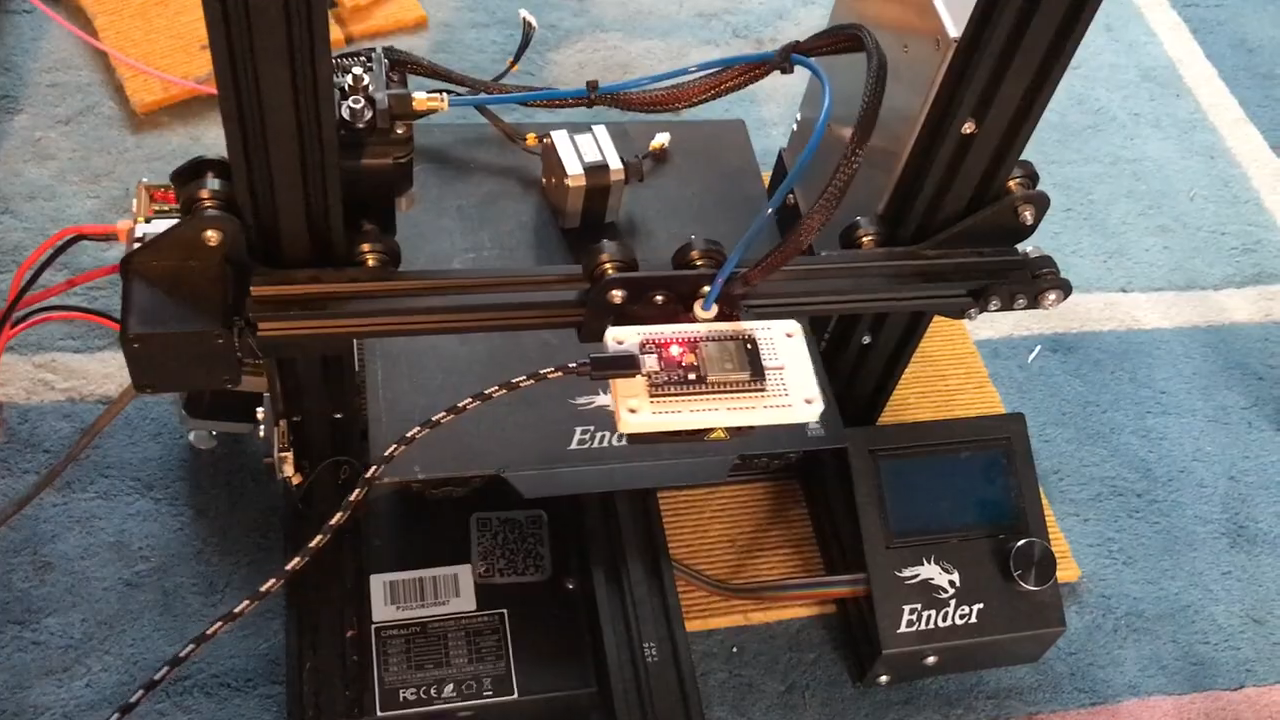#visualization
https://mastodon.social/@pomarede/113504387506449952 pomarede@mastodon.social - We Are Here
a beautiful visualization of Laniakea, our Home supercluster of galaxies, produced by Félix Pharand-Deschênes
#laniakea #supercluster #galaxies #LaniakeaSupercluster #astronomy #cosmology #cosmography #universe #astrodon #science #STEM #visualization #astrophysics #scicomm
A quotation from Bronowski, Jacob
What we really mean by free will, of course, is the visualizing of alternatives and making a choice between them. In my view, which not everyone shares, the central problem of human consciousness depends on this ability to imagine.
Jacob Bronowski (1908-1974) Polish-English humanist and mathematician
The Origins of Knowledge and Imagination, ch. 1 “The Mind as an Instrument for Understanding” (1978)
#quote #quotes #quotation #alternatives #consciousness #freewill #imagination #visualization
Sourcing / notes: https://wist.info/bronowski-jacob/71201/

Allejandra Casado- has excellent intuition- to use the #visualization of the #7 #rotations in the #tetra- to #create the #charge #collapse/ #implosion which #creates #self #organization.
That #sequence of #visualizations also #triggers #the #psychokinesis of the #origin of #sacred #alphabets- and the #physics #of #magic:
animations/ discussion: Origin Alphabet Animations - www.goldenmean.info/dnaring -
Origin of Hebrew (and Sanskrit)- from Dan Winter- Exactly SEVEN ARROWS ROTATING:
#JSON #Crack
Seamlessly visualize your JSON data instantly into graphs.
github: https://github.com/AykutSarac/jsoncrack.com
Introducing JSON Crack – the open-source, free JSON #visualization app that will revolutionize the way you work with data. With its intuitive and user-friendly interface, JSON Crack makes it easy to explore, analyze, and understand even the most complex JSON structures. Whether you're a developer working on a large-scale project or a data enthusiast looking to uncover hidden insights, JSON Crack has the tools and features you need to unlock the full potential of your data. Best of all, because JSON Crack is open-source and free, you can use it without breaking the bank. Try JSON Crack today and experience the power of data visualization like never before.

#tool #floss #opensource #utility #data #structure #coder #developer #software
The full text of Nicolas Rougier's book Scientific Visualization: Python + Matplotlib is available online for free.
Skimming through the book it looks like something I'm going to want to learn. I previously invested a lot of effort in learning ggplot, but the rest of the world decided Matplotlib was the way to go, so I think I should switch gears and learn all about Matplotlib.
Scientific Visualization: Python + Matplotlib
#solidstatelife #visualization #python #matplotlib #aieducation
These Photo Represent the Seven Base Quantities of Physics
![]()
![]()
The International System of Quantities defines seven base quantities in physics: length, mass, time, electric current, thermodynamic temperature, amount of substance, and luminous intensity. For his project Base Quantities , photographer Greg White set out to shoot 7 photos representing these 7 fundamental quantities.
White, based in London, came up with beautiful minimalist ways to convey each of the quantities.
"Captured entirely in camera, this project playfully visualizes using creative photographic techniques the seven base quantities," White writes.
White says he was inspired by the work of the late American photographer Berenice Abbott, who's known for shooting photos depicting scientific concepts in the 1940s to 1960s.
"We live in a world made by science," Abbott wrote in her April 1939 manifesto titled Photography and Science. "There needs to be a friendly interpreter between science and the layman. I believe photography can be this spokesman, as no other form of expression can be."
![]() Length. "Length is a measure of distance. In the International System of Quantities, length is a quantity with dimension distance. Length is commonly understood to mean the most extended dimension of a fixed object. However, this is not always the case and may depend on the position the object is in."
Length. "Length is a measure of distance. In the International System of Quantities, length is a quantity with dimension distance. Length is commonly understood to mean the most extended dimension of a fixed object. However, this is not always the case and may depend on the position the object is in." ![]() Mass. "Mass is both a property of a physical body and a measure of its resistance to acceleration (a change in its state of motion) when a net force is applied. An object's mass also determines the strength of its gravitational attraction to other bodies."
Mass. "Mass is both a property of a physical body and a measure of its resistance to acceleration (a change in its state of motion) when a net force is applied. An object's mass also determines the strength of its gravitational attraction to other bodies." ![]() Time. "Time is the indefinite continued progress of existence and events that occur in an apparently irreversible succession from the past, through the present, into the future."
Time. "Time is the indefinite continued progress of existence and events that occur in an apparently irreversible succession from the past, through the present, into the future." ![]() Electric Current. "An electric current is a flow of electric charge in a circuit. More specifically, the electric current is the rate of charge flow past a given point in an electric circuit."
Electric Current. "An electric current is a flow of electric charge in a circuit. More specifically, the electric current is the rate of charge flow past a given point in an electric circuit." ![]() Thermodynamic Temperature. "Thermodynamic temperature is defined by the third law of thermodynamics in which the theoretically lowest temperature is the zero point. At this point, absolute zero, the particle constituents of matter have minimal motion and can become no colder."
Thermodynamic Temperature. "Thermodynamic temperature is defined by the third law of thermodynamics in which the theoretically lowest temperature is the zero point. At this point, absolute zero, the particle constituents of matter have minimal motion and can become no colder." ![]() Amount of Substance. "Amount of substance is a measure of the size of an ensemble of elementary entities, like a collection of atoms, molecules or other particles."
Amount of Substance. "Amount of substance is a measure of the size of an ensemble of elementary entities, like a collection of atoms, molecules or other particles." ![]() Luminous Intensity. "Luminous intensity is a measure of the wavelength-weighted power emitted by a light source in a particular direction per unit solid angle, based on the luminosity function, a standardized model of the sensitivity of the human eye."
Luminous Intensity. "Luminous intensity is a measure of the wavelength-weighted power emitted by a light source in a particular direction per unit solid angle, based on the luminosity function, a standardized model of the sensitivity of the human eye."
"I wanted the images to only show something through a technique, so for instance without the motion of an object it would appear completely different or without the strobe again it would be different and not be representational of the concept," White tells Colossal. "A lot of the techniques involved (the) motion of an object captured over a long exposure. Some additionally have a strobe effect during the long exposure, others use multiple exposures while shifting the lens for instance, or simply incorporating simple props/fx to distort or reveal a notion."
You can find more of White's work on his website and Instagram.
Image credits: Photographs by Greg White and used with permission
#features #abstract #basequantities #gregwhite #minimalist #physics #project #science #series #visualization
